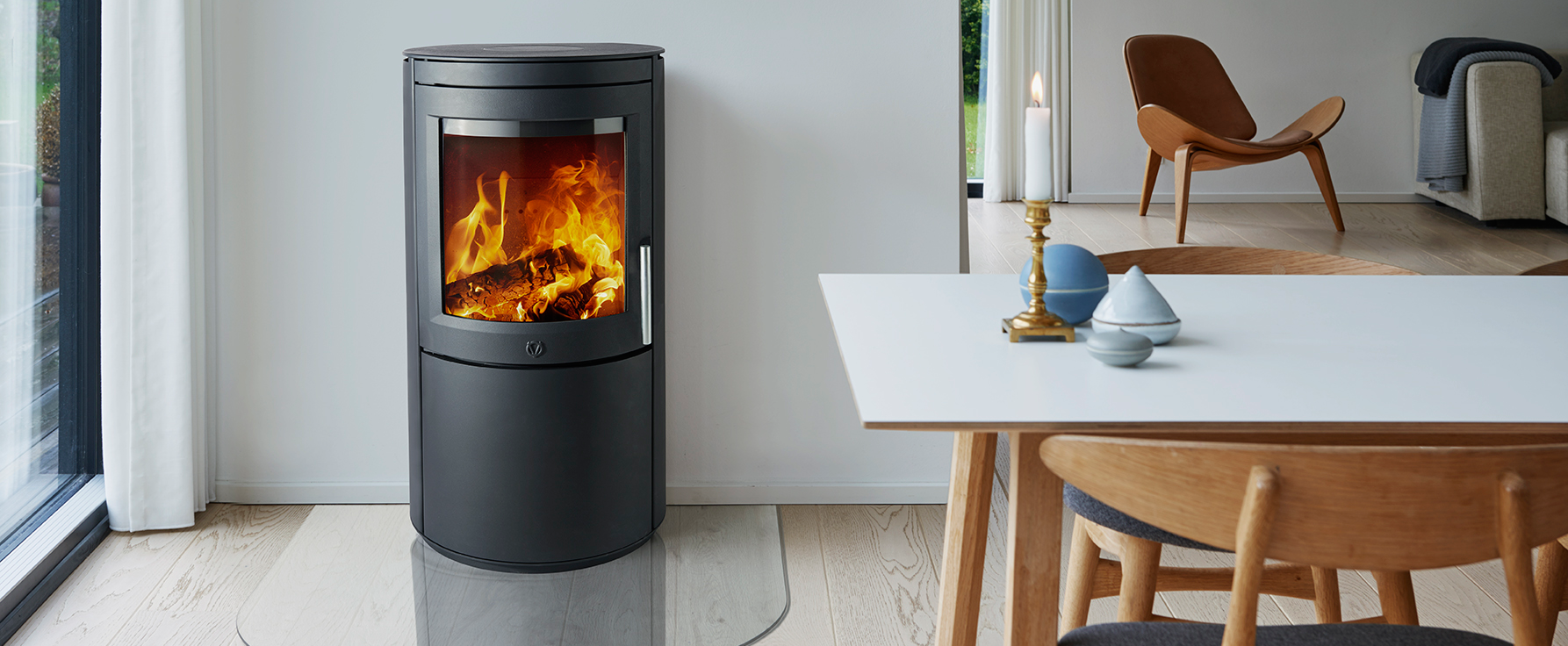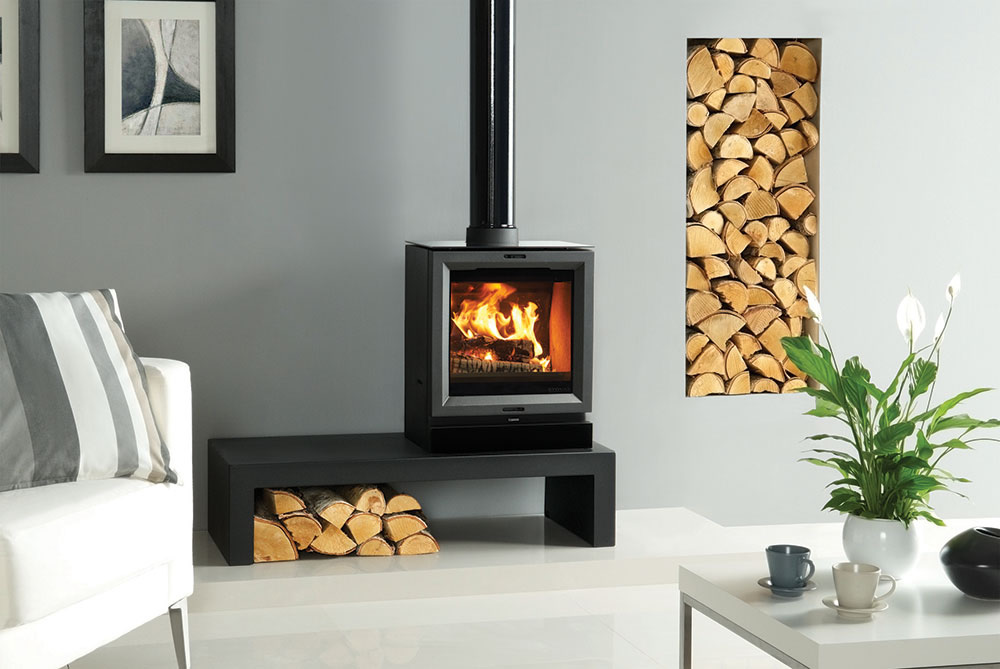The modern day wood-burning stove is an extremely efficient machine which may look unchanged from decades ago on the outside but inside it is awash with the latest technology. Two such developments which often attract questions and uncertainty are the subjects of secondary and tertiary burning. What are they? What do they do?
Burning fuel
Whether a multifuel or a wood-burning stove, the firebox is the area in which the most activity occurs and the appropriate fuel is burnt. The initial burn process is fairly simple, the fuel is ignited, the airflow controlled and heat created. It is the ability to retain this heat within the firebox which is the central attraction of any stove. However, this initial burning process does create waste fuel and gases.

This is where the issue of secondary and tertiary burning comes into play – the ability to create even more heat from what would have been waste fuel in years gone by.
Secondary and tertiary burn
Due to the way in which a stove is designed, a secondary burn system circulates the air back into the stove which ignites unburnt gases and creates more heat. The tertiary system involves a circulation of additional hot air into the firebox which will ignite and burn the last of the burning embers and the unburnt gases. These two processes are extremely important when it comes to DEFRA approval because they quite literally minimise any emissions.
It is the ability to use the last drop of fuel/gas to create additional heat which makes the modern day wood-burning and multifuel stove stand out from those of decades ago. The technology has improved dramatically, continues to improve, and is having a massive impact upon emissions and the ability to efficiently burn fuels such as wood.
Efficiency ratings
As we have mentioned on numerous occasions, a traditional open fire will have an efficiency rating of between 20% and 30%. An average wood-burning/multifuel stove may provide an efficiency rating of around 70% but those with secondary and tertiary burn systems are now regularly topping an 80% efficiency rating. This means that more and more of the fuel introduced into a stove is used to create heat leaving less waste which equates to lower emissions.

We live in a world where governments around the world have signed up to legally binding targets for greenhouse gas emissions so the introduction of secondary and tertiary burn technology has been a godsend.
Using the correct fuel
While we are on the subject of efficiency ratings and the efficient burning of fuel, again it is worth noting that only dried wood should be used. Any fuel which may be contaminated with for example paint or other chemicals should not be used as it is potentially hazardous and creates tar which could ruin your stove and flue system. You can have the best secondary and tertiary burn systems in the world but if the fuel you are using is substandard you will never hit the high efficiency ratings which should be within reach.
While many people focus on greenhouse gas emissions, it is worth reminding ourselves that the better quality fuel and the more efficient the stove the lower your fuel bill. The ability to save a significant amount of money over the ever-increasing cost of traditional heating systems should not be underestimated. The technology is there, it is up to you to make the most of it!

